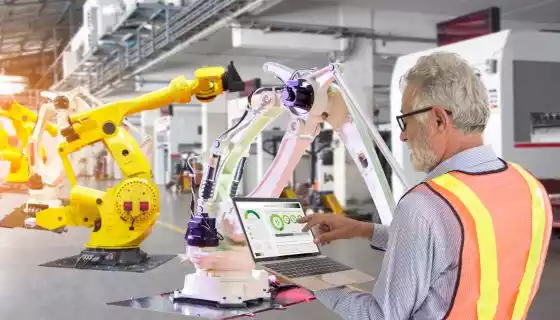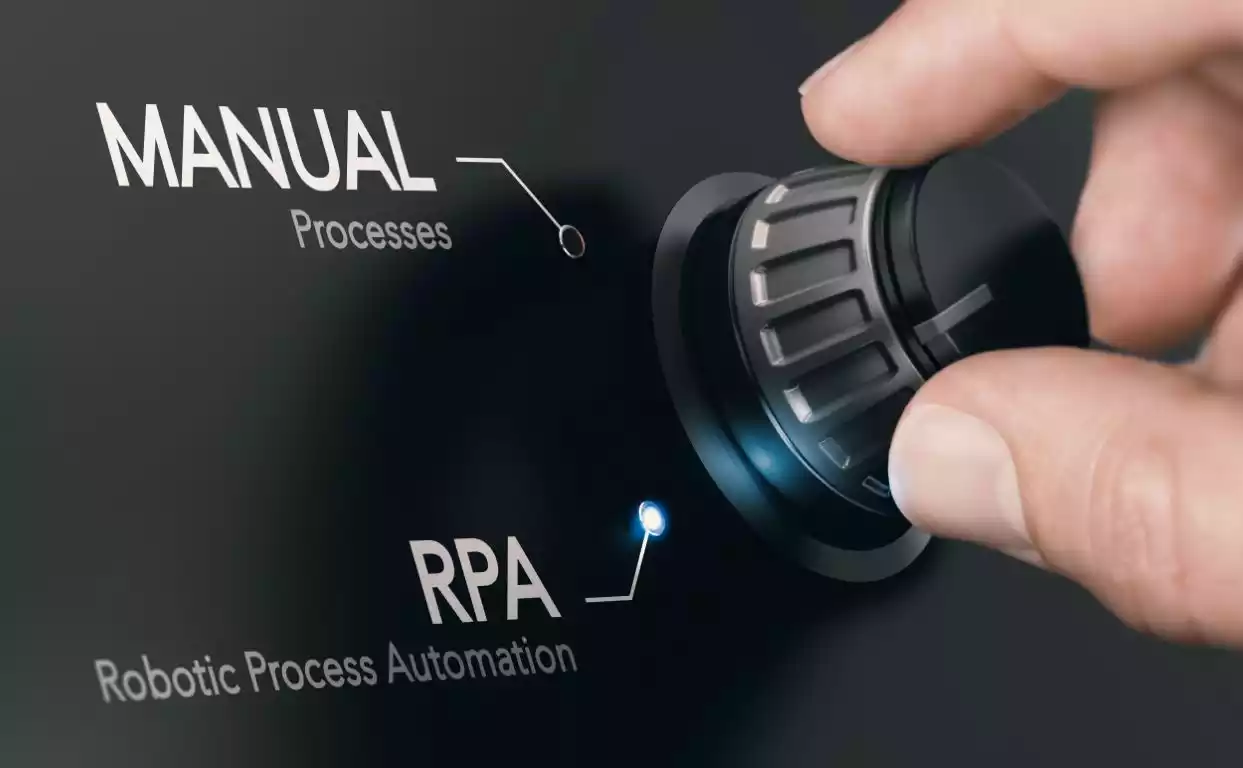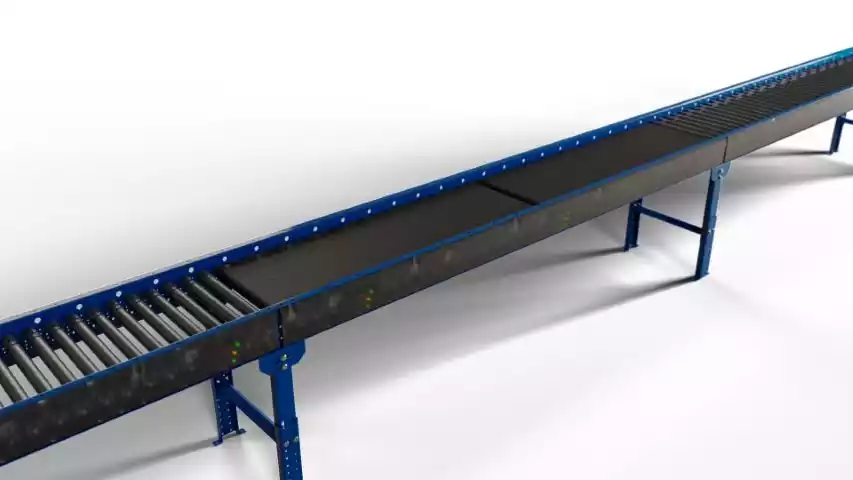Robotic Process Automation can increase efficiency while saving valuable time and money
Robotic Process Automation (RPA) is the use of software to automate the processing of specific tasks through programming. This differs from traditional forms of software in that it focuses on automating single repetitive tasks, rather than handling more complex functions.
RPA and AI (artificial intelligence) have the potential to enhance an organization’s performance in terms of productivity and efficiency by freeing up company resources for other projects.
It is also relatively inexpensive in comparison to many other enhancement options, making it an attractive option for companies with potentially limited budgets.
Robotic process automation software can be used to carry out repetitive tasks more quickly and accurately than human workers in a wide range of industries, including financial services.
RPA and AI (artificial intelligence) have the potential to enhance an organization's performance in terms of productivity and efficiency by freeing up company resources for other projects.







0 Comments